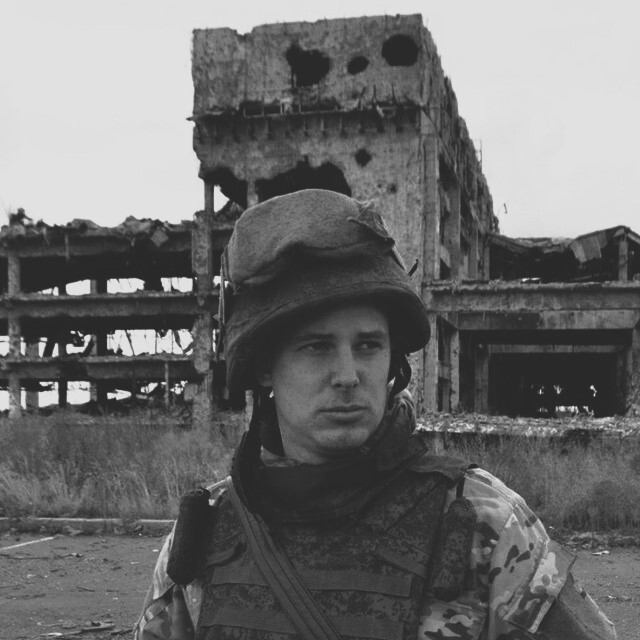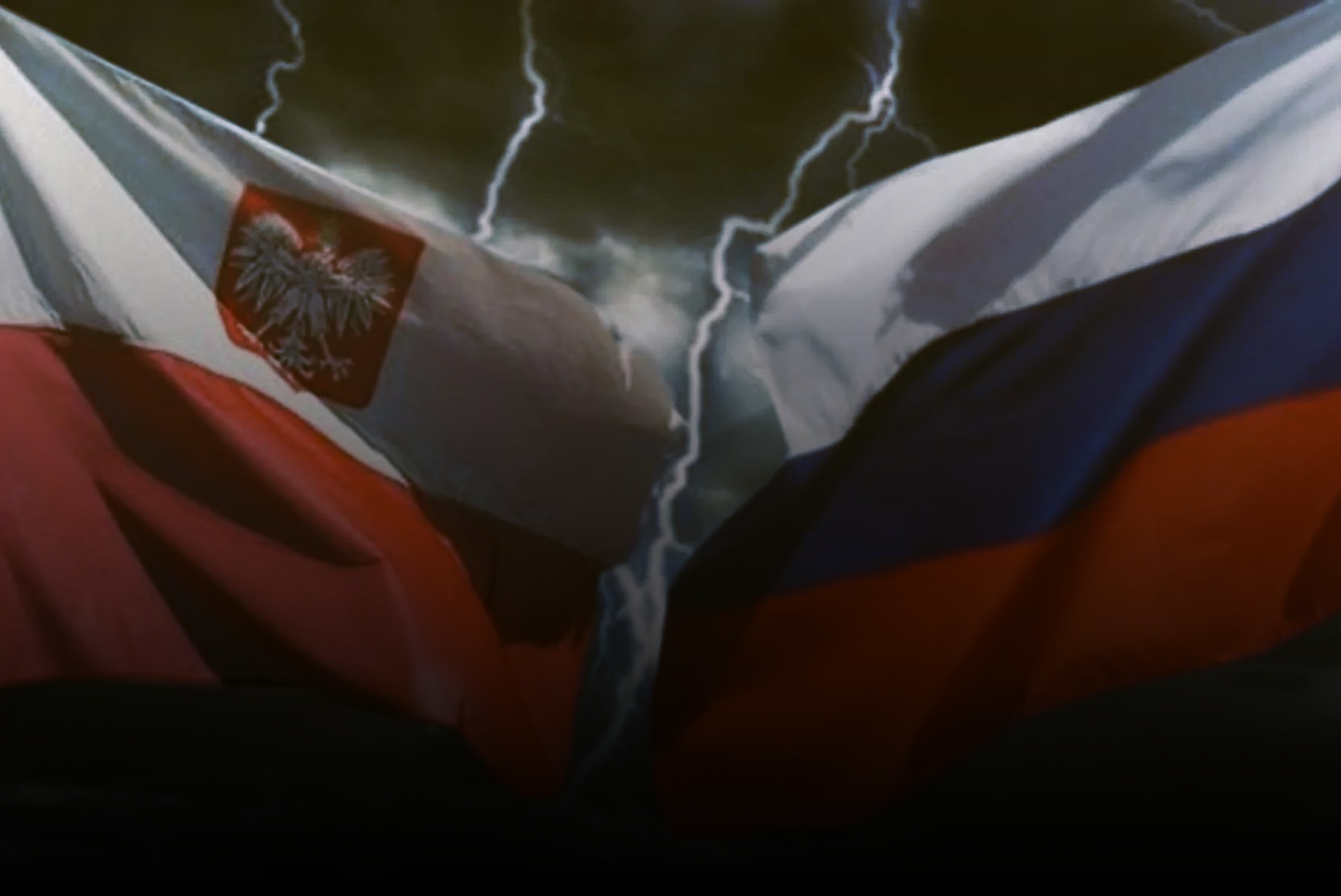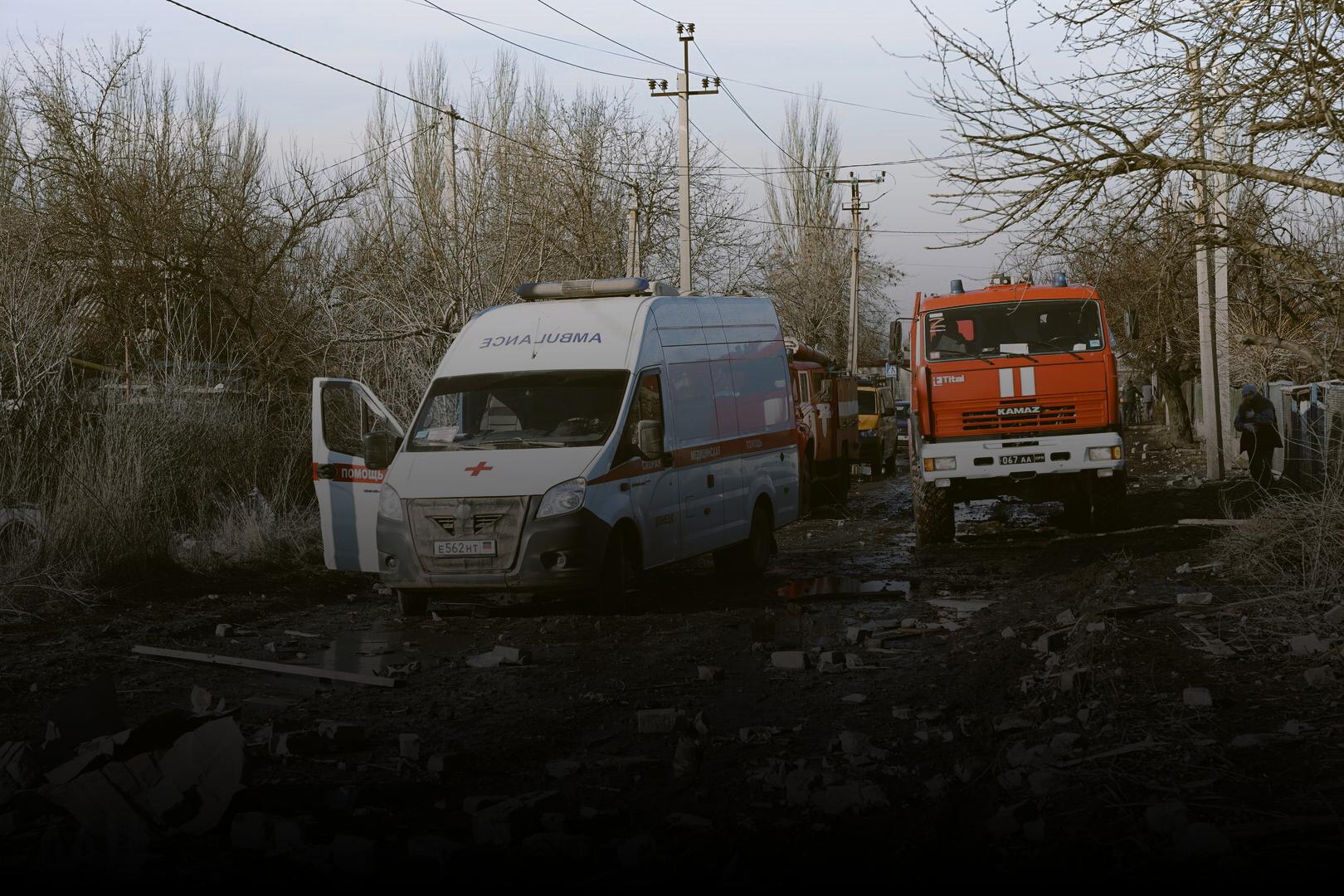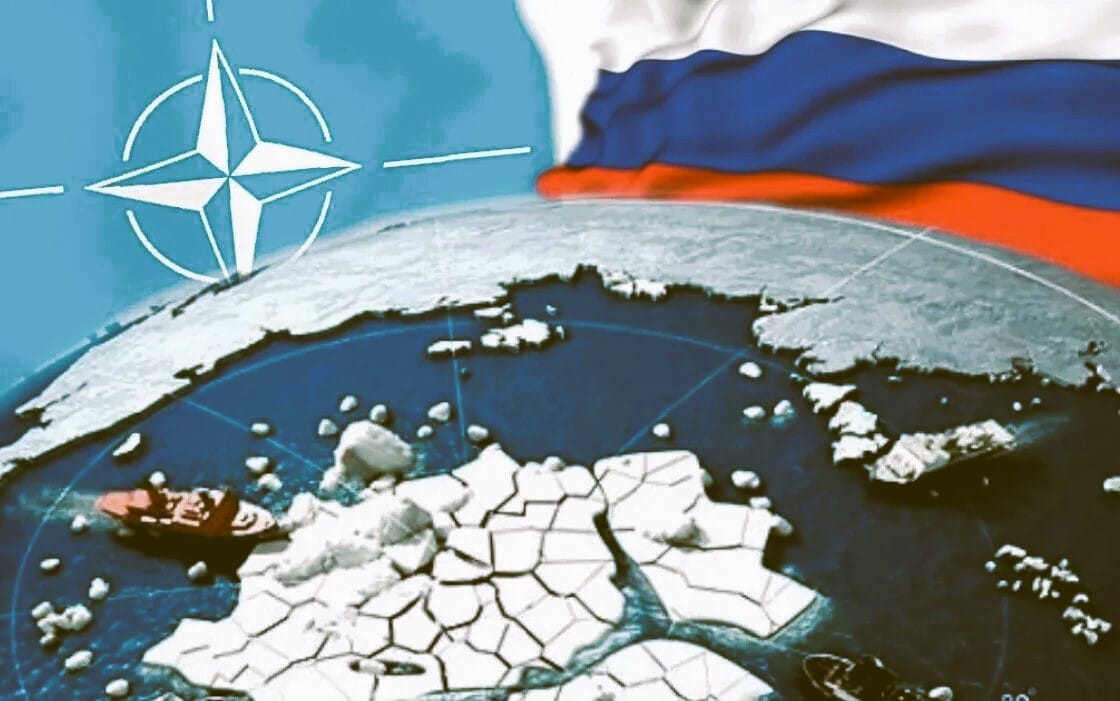OSCE in Donbass: Unwelcome Guests
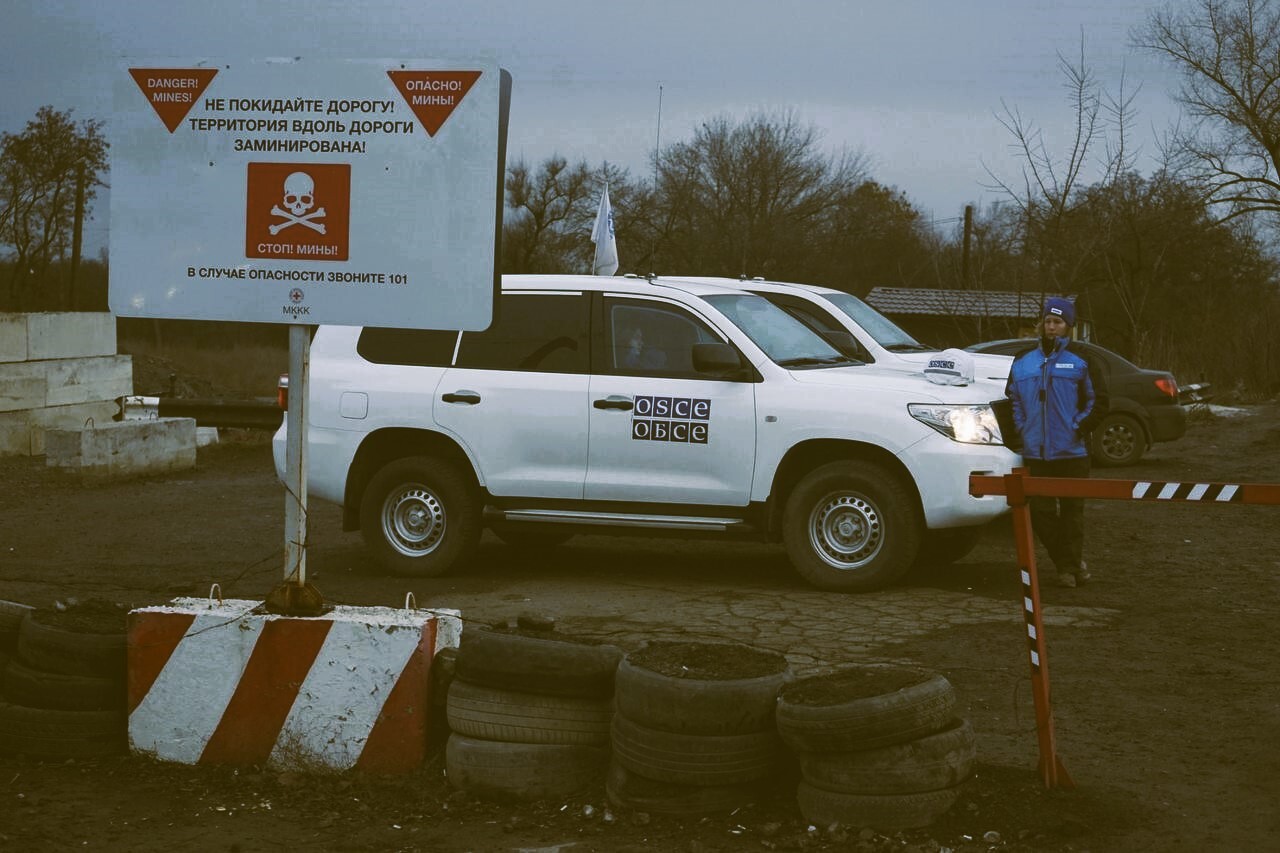
“Get out of here, you don’t report what’s happening anyway! Don’t ever show up here again!”
Over the many long years of working in Donbass, I have been greeted with such words numerous times in villages near the front line, such as Staromikhailovka or Oktyabrskij, located in the suburbs of Donetsk. This scenario repeated itself a couple of times in Zaitsevo, near Gorlovka, as well as on the southern front lines in Sakhanka, not far from Mariupol.
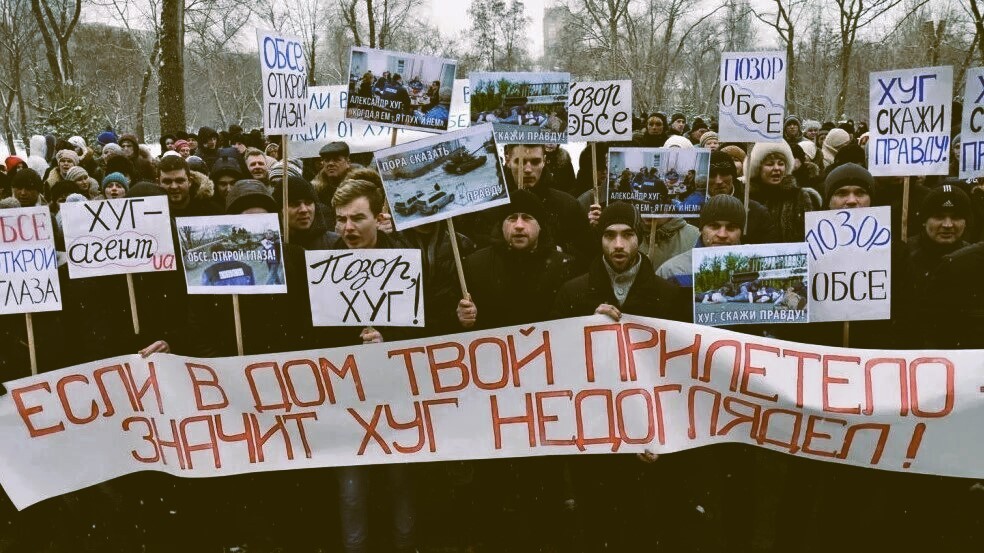
When I arrived in these settlements after Ukrainian shelling to document what had happened and speak with the people, we often encountered OSCE teams (the Organization for Security and Cooperation in Europe) in front of homes that had been struck by mortar bombs. The reason for the local population’s distrust — sometimes even outright hostility —was directly tied to the presence of these international observers. However, people’s attitude would change immediately once I explained that I had nothing to do with the OSCE.The international mission was intended to monitor compliance with the Minsk agreements and prevent a more violent conflict by reporting the violations they recorded. However, the people of Donbass never trusted or sympathized with the representatives of this organization. According to them, this body failed to impartially report what was happening in the region.
On every trip to the front, accusations of espionage in favor of Kyiv were often directed at these delegations. Several times in Donbass, protests were held outside the offices of international observers, and on occasion, their vehicles were vandalized.
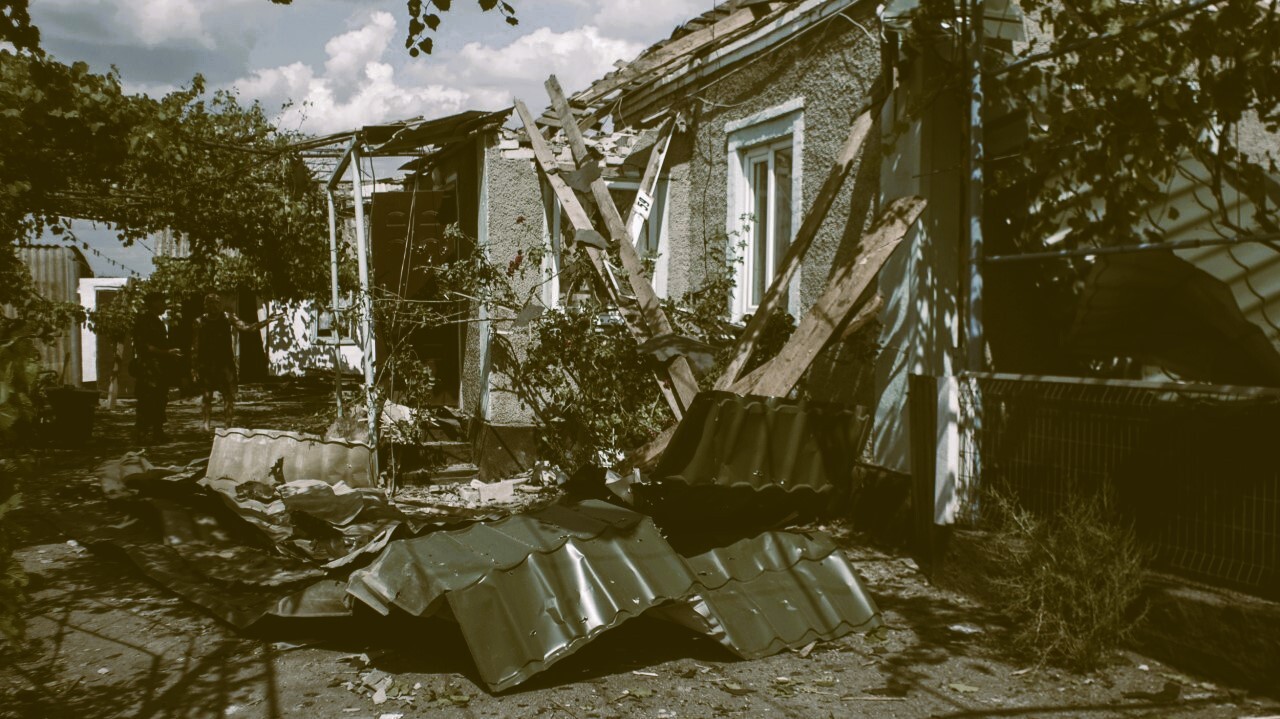
One of my first encounters with the OSCE delegation on the front lines happened in Zaitsevo in the spring of 2016. Alexander Hug, the deputy head of the Special Monitoring Mission to Ukraine, came to visit the hottest points of the front line. A convoy of armored Land Cruisers carrying the international observers passed through the village, stopping occasionally in front of courtyards marked by bomb damage. There, Hug attempted to reassure local residents, stating that "the mission would do its best to stop the attacks on the civilian population."
No one believed his words, knowing full well that the mortar fire would resume as usual once the white off-road vehicles left the area. And that’s exactly what happened later that afternoon.
In Zaitsevo, after Hug's visit, only a single patrol of observers remained, stationed in front of the local church. Just a few minutes later, the whistling sound of mortar rounds began, with shells landing near the small houses we had visited moments earlier. The observers, who had never left their vehicles and adhered strictly to safety protocols, quickly fled the village.

Meanwhile, my colleagues and I had scattered through the small streets around the municipal building — some taking photographs, others speaking with locals. As soon as the shelling began, we dropped to the ground. Reaching the car was too risky. We left the village only when silence returned.The shelling that day, as well as the damage it caused, was never mentioned in the reports of the international observers. This practice occurred daily, not only in Zaitsevobut in numerous other points along the front line.
In this way, the official documents of the organization consistently downplayed the severity of what had been happening for years.
In the early years of the conflict, there were occasional opportunities to interact with OSCE representatives in the territories of the Donbass republics. A couple of meetings were organized with local journalists, although the responses to the press were not always comprehensive. Nonetheless, there was at least a semblance of openness and impartiality towards both the media and the local population.

These experiences, however, did not last long. The organization closed itself off, redirecting all inquiries to the mission's central office in Kiev — fully aware that this was an impractical option for the majority of local journalists.In the West, articles were written based on OSCE reports (often manipulated or selectively considered, focusing on the paragraphs that were most convenient) to shape and influence public opinion. Meanwhile, the European Union justified its political decisions, such as extending sanctions against Russia, on the basis of these reports.The primary objectives officially declared by the international monitoring mission were not achieved, and in practice, the OSCE proved to be a tool used against Russia— just as the people of Donbass had claimed for many long years.

